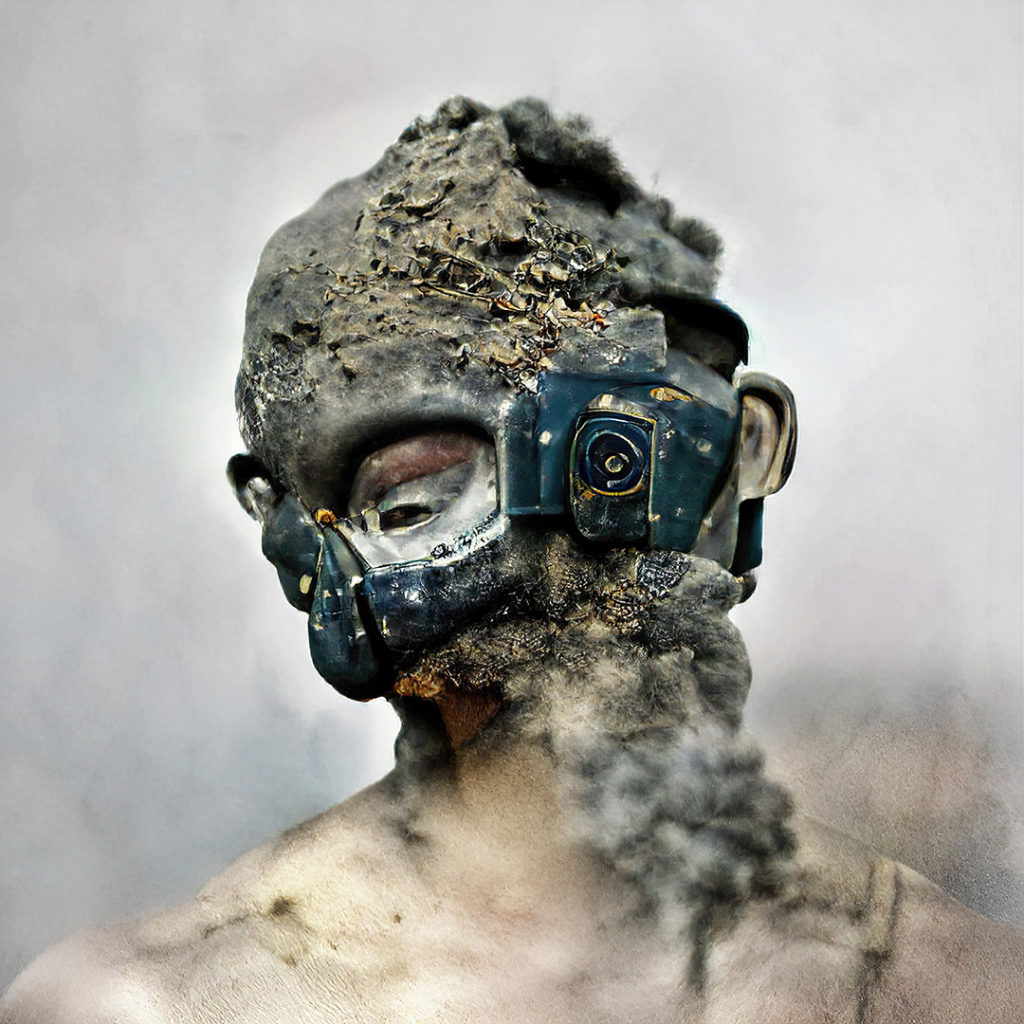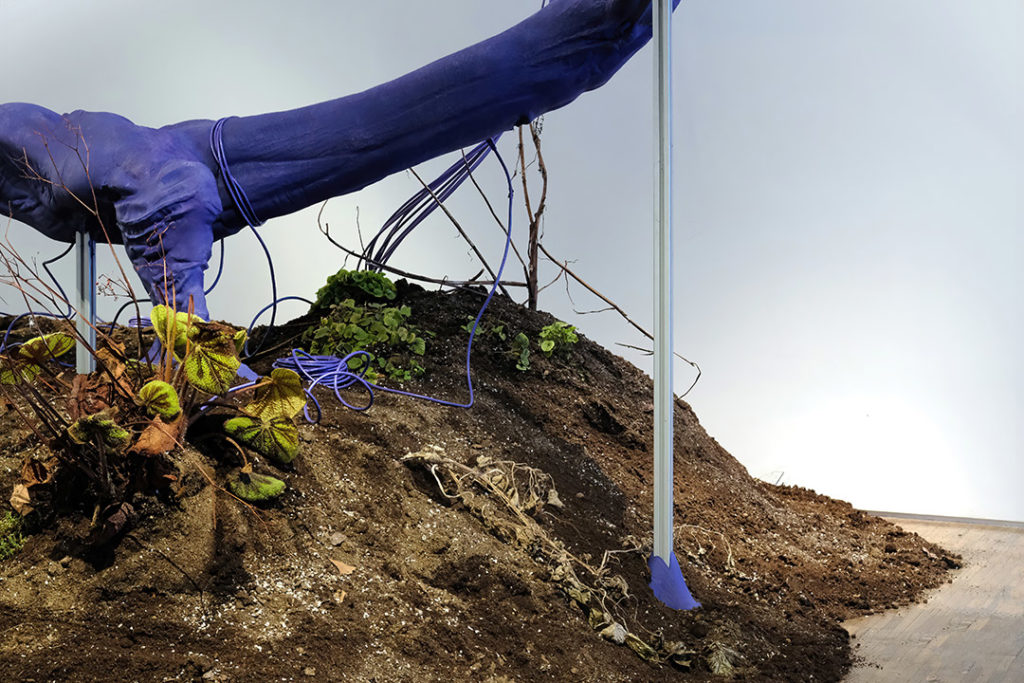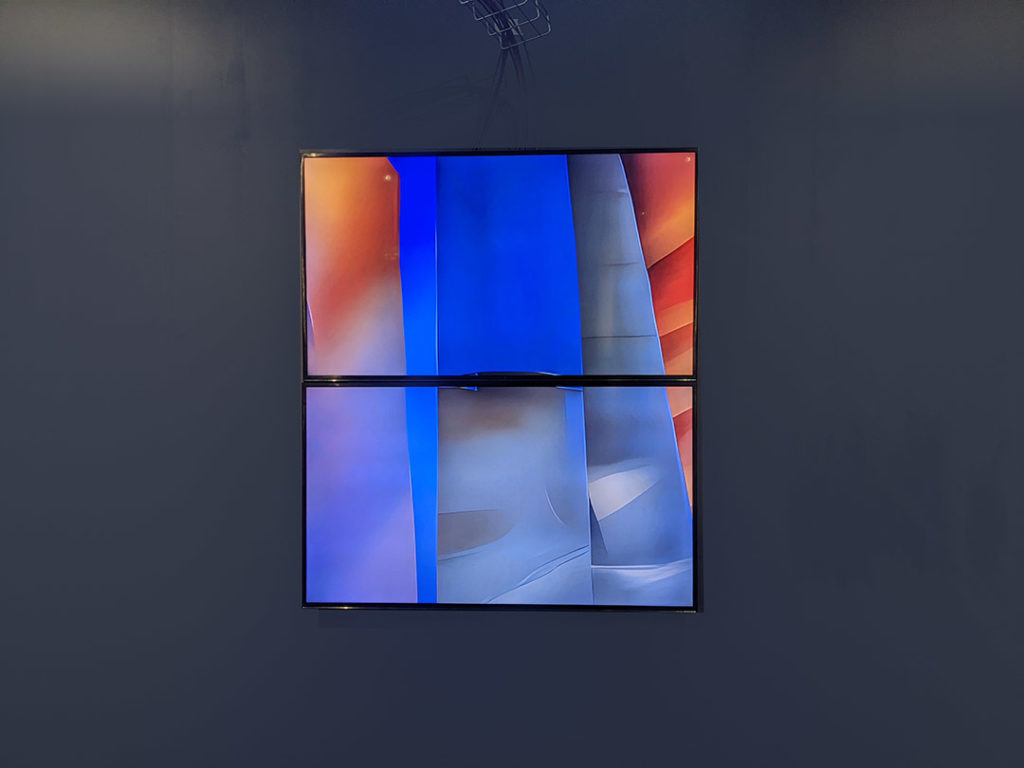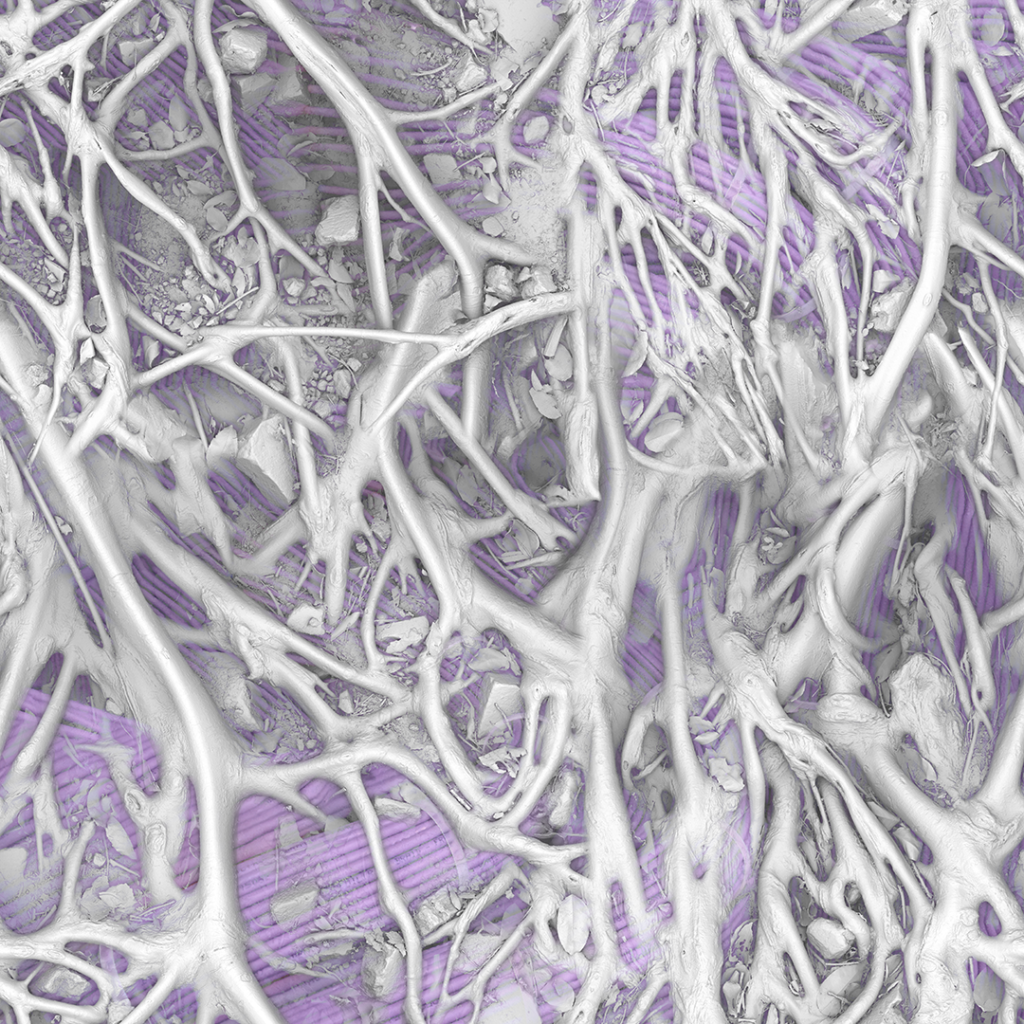Le rêve des plantes — Cité des Sciences et de l’Industrie




Dans un monde au bord de l’extinction, Le rêve des plantes imagine un écosystème entre la technique et la nature en l’absence de l’espèce humaine, une zone grise et incertaine où la séparation entre ces deux empires ne serait plus opérante. Une imagination artificielle a générée une image que l’artiste a modélisé et matérialisé grâce à une imprimante 3d de grand format. Cette forme organique et monstrueuse, surréaliste, vient planter ses capteurs sensoriels dans un fragment de terre où des plantes sont en train de vivre et de mourir. Leur activité résiduelle vient influencer un réseau de neurones artificiels qui a été nourri de milliers de textes et d’images provenant des sciences naturelles. Une voix de synthèse génère le récit alternatif d’une autre science, d’une autre possibilité comme si la vie sur Terre avait suivi un autre chemin. Des photographies ont été également produites par une IA, mêlant le minéral et la technique, témoignant du temps géologique long dans lequel nous enfouissons nos déchets qui deviendront, dans quelques millénaires, nos dernières traces, les preuves de ce que nous avons été. Ces paysages n’ont jamais été photographiés, ils sont le produit de la synthèse des machines et de la manière dont elles métabolisent notre mémoire.
Avec le soutien de la Cité des Sciences et de l’Industrie et de l’Institut pour la Photographie de Lille dans le cadre de “Politiques de la Terre”
–
In a world on the verge of extinction, Le rêve des plantes imagines an ecosystem between technology and nature in the absence of the human species, a grey and uncertain zone where the separation between these two empires would no longer be operative. An artificial imagination has generated an image that the artist has modeled and materialized with a large format 3d printer. This organic and monstrous form, surrealist, comes to plant its sensory sensors in a fragment of earth where plants are living and dying. Their residual activity influences a network of artificial neurons that has been fed with thousands of texts and images from the natural sciences. A synthesized voice generates the alternative narrative of another science, another possibility as if life on Earth had followed another path. Photographs were also produced by an AI, mixing mineral and technical, testifying to the long geological time in which we bury our waste that will become, in a few millennia, our last traces, the evidence of what we have been. These landscapes have never been photographed, they are the product of the synthesis of machines and the way they metabolize our memory.
With the support of the Cité des Sciences et de l’Industrie and the Institut pour la Photographie de Lille in the framework of “Politiques de la Terre”.
